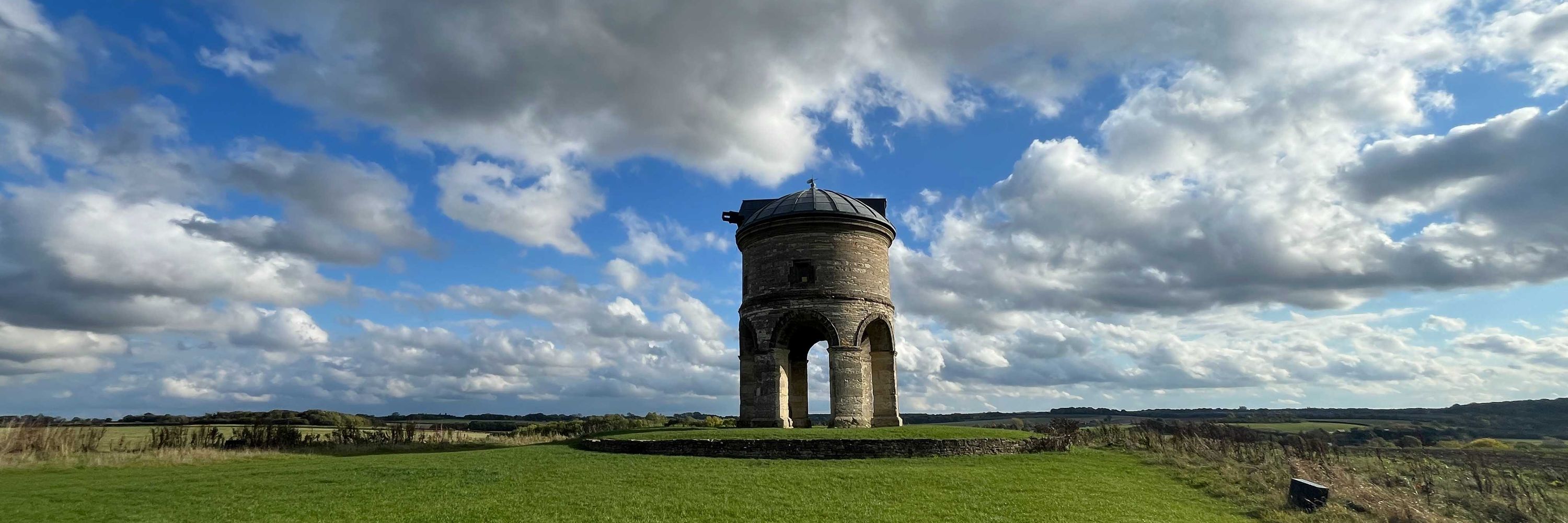
Matthew Mak
@matthewmakpsy.bsky.social
Assistant Professor at Warwick University. Psycholinguist interested in language and memory. Everything word-related. Previously at York and Oxford.
https://scholar.google.com/citations?user=AeqBP58AAAAJ&hl=en
https://scholar.google.com/citations?user=AeqBP58AAAAJ&hl=en
August 28, 2025 at 12:48 PM
August 28, 2025 at 11:28 AM
August 28, 2025 at 11:25 AM
Key finding #4
AI policy requiring students to provide a voluntary AI declaration doesn't seem to work, despite clear guidelines and regular communication. We need alternatives!
AI policy requiring students to provide a voluntary AI declaration doesn't seem to work, despite clear guidelines and regular communication. We need alternatives!
August 28, 2025 at 11:11 AM
Key finding #4
AI policy requiring students to provide a voluntary AI declaration doesn't seem to work, despite clear guidelines and regular communication. We need alternatives!
AI policy requiring students to provide a voluntary AI declaration doesn't seem to work, despite clear guidelines and regular communication. We need alternatives!
Key finding #3
Student writings are becoming more positive in tone. How does this affect critical engagement?
Student writings are becoming more positive in tone. How does this affect critical engagement?

August 28, 2025 at 11:10 AM
Key finding #3
Student writings are becoming more positive in tone. How does this affect critical engagement?
Student writings are becoming more positive in tone. How does this affect critical engagement?
Key finding #2
Writing style is increasingly formal and becoming GPT-like
Writing style is increasingly formal and becoming GPT-like

August 28, 2025 at 11:09 AM
Key finding #2
Writing style is increasingly formal and becoming GPT-like
Writing style is increasingly formal and becoming GPT-like
Key finding #1
ChatGPT-associated stylistic markers (e.g., delve, underscore) surged in prevalence shortly after ChatGPT's launch, but in 2025, we saw a rather consistent decline
ChatGPT-associated stylistic markers (e.g., delve, underscore) surged in prevalence shortly after ChatGPT's launch, but in 2025, we saw a rather consistent decline

August 28, 2025 at 11:08 AM
Key finding #1
ChatGPT-associated stylistic markers (e.g., delve, underscore) surged in prevalence shortly after ChatGPT's launch, but in 2025, we saw a rather consistent decline
ChatGPT-associated stylistic markers (e.g., delve, underscore) surged in prevalence shortly after ChatGPT's launch, but in 2025, we saw a rather consistent decline
Great question! In priming, seeing X-Y makes processing X-Y easier next time. But in our final experiment, after reading X-Y, participants judged X in the absence of Y—yet X and Y became closer in the participant's mind . So I would say this goes beyond priming, although definitely related.
February 25, 2025 at 5:11 PM
Great question! In priming, seeing X-Y makes processing X-Y easier next time. But in our final experiment, after reading X-Y, participants judged X in the absence of Y—yet X and Y became closer in the participant's mind . So I would say this goes beyond priming, although definitely related.
Thank you David! More to come as we are doing some follow-up!
February 25, 2025 at 4:41 PM
Thank you David! More to come as we are doing some follow-up!
Thank you! So glad to hear that I'm not the only one who finds this interesting! 😊
February 24, 2025 at 9:09 PM
Thank you! So glad to hear that I'm not the only one who finds this interesting! 😊
Thank you Jamie. As a fellow word nerd, I think Exp 5 will be of particular interest to you. We used Walsh and Rissman's (2023) innovative measure to index relatedness between two words *without* showing to participants the two words together.
February 24, 2025 at 8:59 PM
Thank you Jamie. As a fellow word nerd, I think Exp 5 will be of particular interest to you. We used Walsh and Rissman's (2023) innovative measure to index relatedness between two words *without* showing to participants the two words together.
with @lewis-ball.bsky.social, @mggaskell.bsky.social , Catherine Walsh, and Alice O'Hagan.
@warwickpsych.bsky.social
@warwickpsych.bsky.social
February 24, 2025 at 3:46 PM
with @lewis-ball.bsky.social, @mggaskell.bsky.social , Catherine Walsh, and Alice O'Hagan.
@warwickpsych.bsky.social
@warwickpsych.bsky.social
Results suggest involvement of episodic memory in language comprehension and highlight the flexibility of the mental lexicon. Results also provide a simple mechanism to how the lexicon acquires its associative structure.
February 24, 2025 at 3:45 PM
Results suggest involvement of episodic memory in language comprehension and highlight the flexibility of the mental lexicon. Results also provide a simple mechanism to how the lexicon acquires its associative structure.

